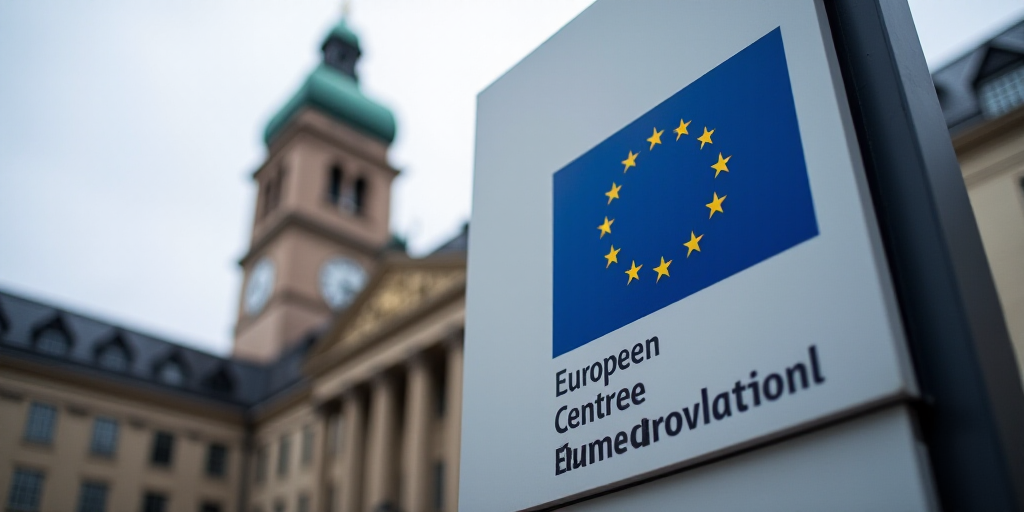Background on the European Central Bank (ECB)
The European Central Bank (ECB), headquartered in Frankfurt, Germany, is the central bank responsible for monetary policy in the Eurozone, which consists of 19 European Union member states that have adopted the euro as their common currency. The ECB plays a crucial role in maintaining price stability, fostering sustainable economic growth, and ensuring the smooth functioning of payment systems.
ECB’s Interest Rate Reductions
On Thursday, the ECB reduced its interest rate for the eighth time in a year. This action aims to support an economy within the Eurozone that has faced difficulties, exacerbated by erratic economic and trade policies from the United States. Since June 2019, the ECB has lowered its benchmark refinancing rate by two percentage points to 0%, bringing it to the “neutral” range where monetary policy neither stimulates nor restrains economic growth.
ECB’s Communication and Future Policy
With inflation now in line with the ECB’s 2% target and the rate cuts well-communicated, attention has shifted to the ECB’s guidance on future policy actions. The ECB’s governing council stated that decisions will be made meeting-by-meeting based on incoming data, inflation outlooks, underlying inflation dynamics, and policy transmission effectiveness.
Market Expectations and Divergent Perspectives
Investors are already pricing in a pause during the July meeting, and some conservative policymakers have advocated for a pause to allow the ECB time to reassess how exceptional uncertainty and economic policy turbulence, both domestically and abroad, might alter prospects.
Arguments for a Pause in Rate Cuts
Proponents of a pause in further rate reductions argue that short-term and medium-term outlooks for the monetary bloc are vastly different, potentially requiring distinct policy responses. While short-term inflation may fall below the ECB’s 2% target due to factors like lower energy costs and a strong euro, long-term pressures could rise from increased government spending, trade barriers, and the transition to a greener economy.
Divergent Economic Prospects
Acknowledging near-term weakness, the ECB revised its 2026 inflation projection downward. Tariffs imposed by U.S. President Donald Trump are already hurting economic activity and will have lasting effects, even if a favorable resolution is found, given the blow to confidence and investment.
Should trade tensions escalate further in the coming months, growth and inflation are likely to fall short of reference projections. Conversely, a positive resolution to trade tensions could lead to higher-than-projected growth and inflation. However, near-term growth is expected to be sluggish due to factors like lower energy costs, a strong euro, and potential trade retaliation from the European Union against persistent U.S. tariffs.
Long-term Economic Factors
In the long term, increased European defense spending, particularly by Germany, and the costs associated with the green transition could boost inflation. Meanwhile, an aging population may lead to labor shortages and upward pressure on wages.
Key Questions and Answers
- Q: What is the European Central Bank (ECB)?
A: The ECB is the central bank responsible for monetary policy in the Eurozone, which comprises 19 EU member states using the euro. - Q: How many times has the ECB cut interest rates in a year?
A: The ECB has reduced its benchmark refinancing rate eight times in a year, lowering it to 0%. - Q: Why is the ECB considering a pause in further rate cuts?
A: Market participants and some policymakers believe that short-term and medium-term economic outlooks for the Eurozone are significantly different, requiring distinct policy responses. - Q: What factors could influence long-term inflation in the Eurozone?
A: Factors such as increased European defense spending, the green transition’s costs, and labor market dynamics due to population aging could impact long-term inflation.






